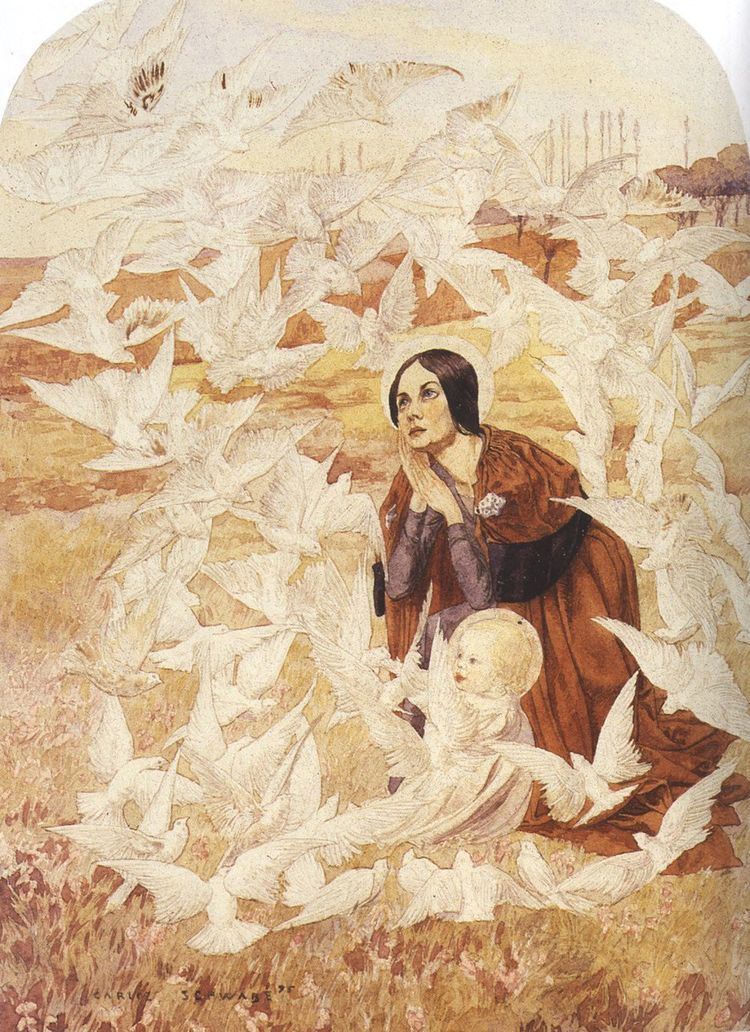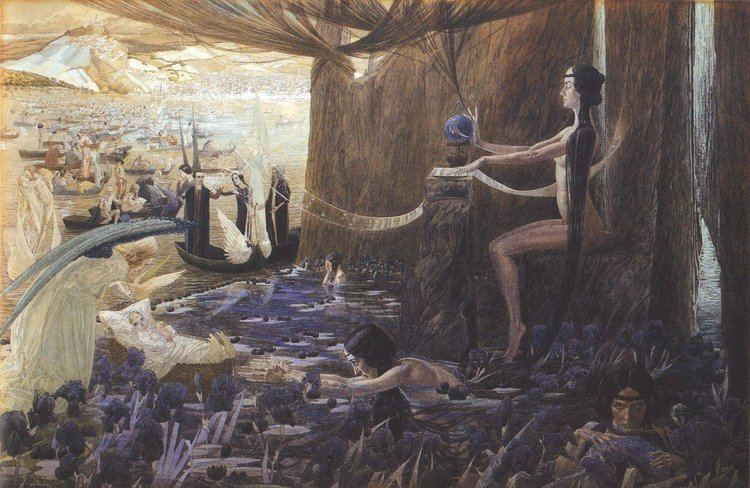Name Carlos Schwabe Role Artist | ||
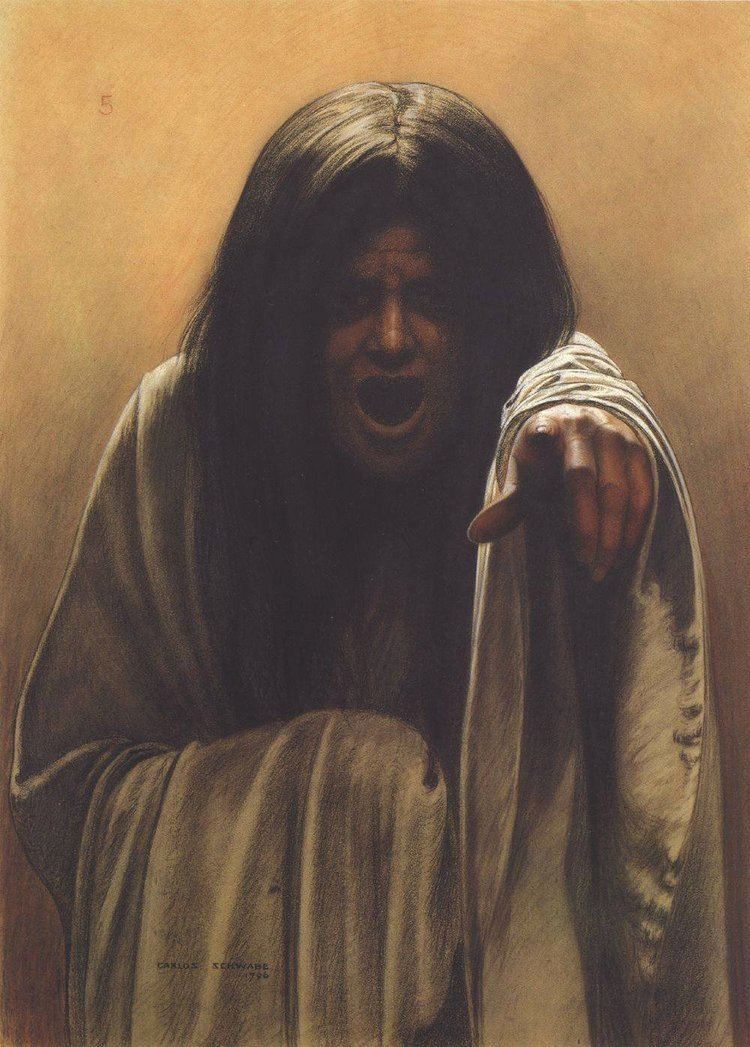 | ||
Carlos schwabe a collection of 28 paintings hd
Carlos Schwabe (July 21, 1866 – 22 January 1926) was a Swiss Symbolist painter and printmaker.
Contents
- Carlos schwabe a collection of 28 paintings hd
- Carlos schwabe occultist symbolism ii
- Life
- Work
- References
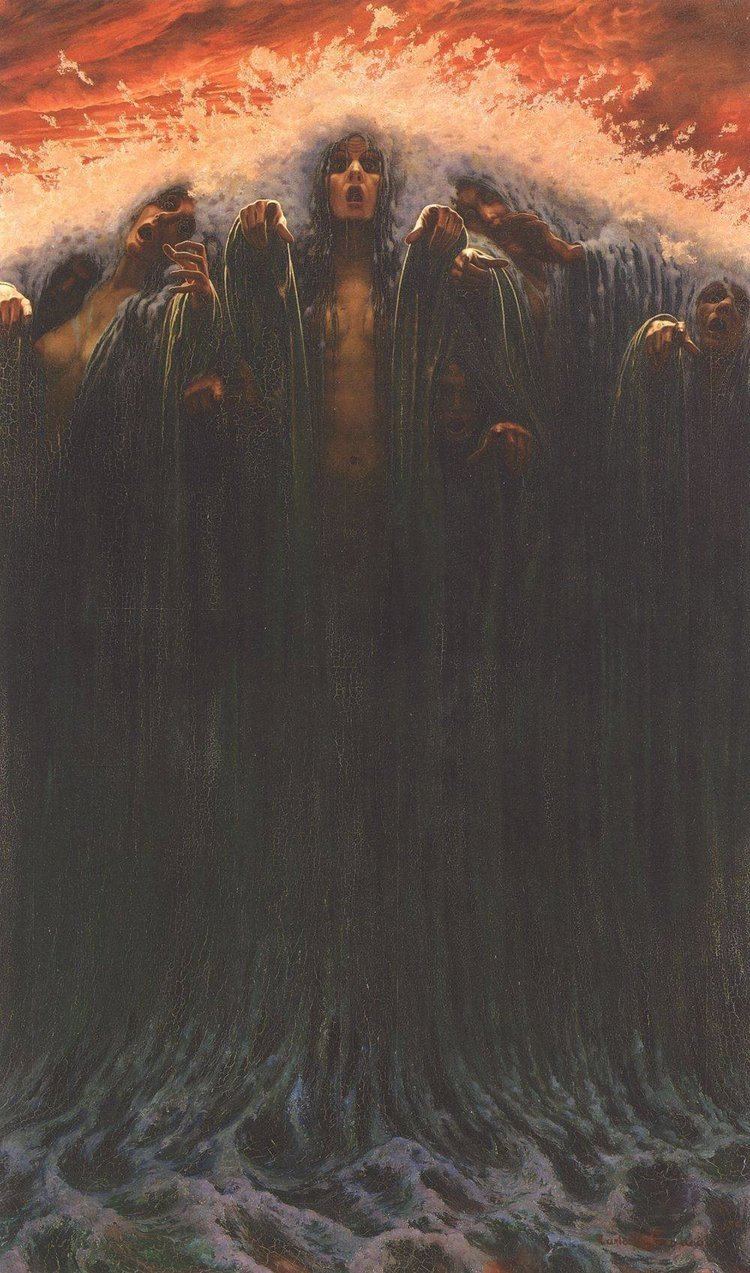
Carlos schwabe occultist symbolism ii
Life
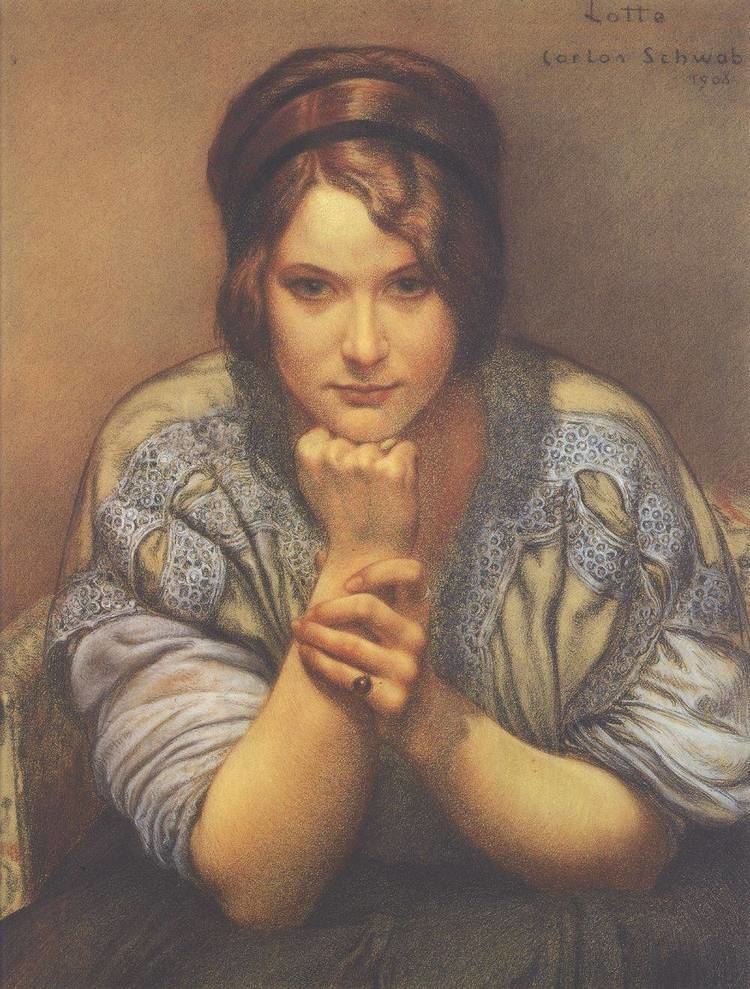
Schwabe was born in Altona, Holstein, and moved to Geneva, Switzerland at an early age, where he received the Swiss nationality. After studying art in Geneva, he relocated to Paris as a young man, where he worked as a wallpaper designer, and he became acquainted with Symbolist artists, musicians (Guillaume Lekeu, Vincent d'Indy) an writters. In 1892, he was one of the painters of the famous Salon de la Rose + Croix organized by Joséphin Péladan at the Galerie Durand-Ruel. His poster for the first Salon is an important symbolic work of the idealist new art. He exhibited at the Société nationale des Beaux-Arts, at the Salon d'automne and was present at the Exposition Universelle of 1900 (Gold Medal), but also in Munich, Zürich, Vienna, and Brussels. His paintings typically featured mythological and allegorical themes with a very personal and idealist vision and a social interest. His important work La Vague (The Wave), and its preparatory drawings are a testimony of the engagment of the artist during the "Affaire dreyfus". Schwabe is one of the most important symbolist book illustrators. He illustrated the novel Le rêve (1892) by Émile Zola, Charles Baudelaire's Les Fleurs du mal (1900), Maurice Maeterlinck's Pelléas et Mélisande (1892), and Albert Samain's Jardin de l'infante (1908), but also texts by Haraucourt, Mallarmé, Blondel, Mendès, Lamennais etc. The most important works by Schwabe belongs to the Musée d'Orsay in Paris, the Musée d'Art et d'Histoire in Geneva, the Museu Nacional de Belas Artes in Rio de Janeiro, the Van Gogh Museum in Amsterdam, the Musées royaux des Beaux-Arts in Bruxelles and in private collections. Schwabe received the French Légion of Honor in 1902. Schwabe lived in France for the rest of his life and died in Avon, Seine-et-Marne in 1926.
Work

Two distinct styles are recognized in Schwabe's art. Before 1900, Schwabe's paintings were more individual and experimental, indicating the idealism of the Symbolists; conventional, allegorical scenes from nature became more prominent in his later work. Images of women were important, sometimes representing death and suffering, other times creativity and guidance. His first wife was his model for angels and virgins, and "Death" in Death and the Grave Digger (1895) resembles her. The death of a close friend in 1894, the musicien Guillaume Lekeu, when Schwabe was 28 years old, engendered his interest in representing death and the world of ideal creation.

Schwabe created an important watercolor that was the modele of a lithographic poster for the 1892 Salon de la Rose + Croix, the first of six exhibitions organized by Joséphin Péladan that demonstrated the Rosicrucian tendencies of French Symbolism. Schwabe's poster depicted in shades of blue an initiation rite—three women ascending toward spiritual salvation—and is an exemplar of Rosicrucian art.
